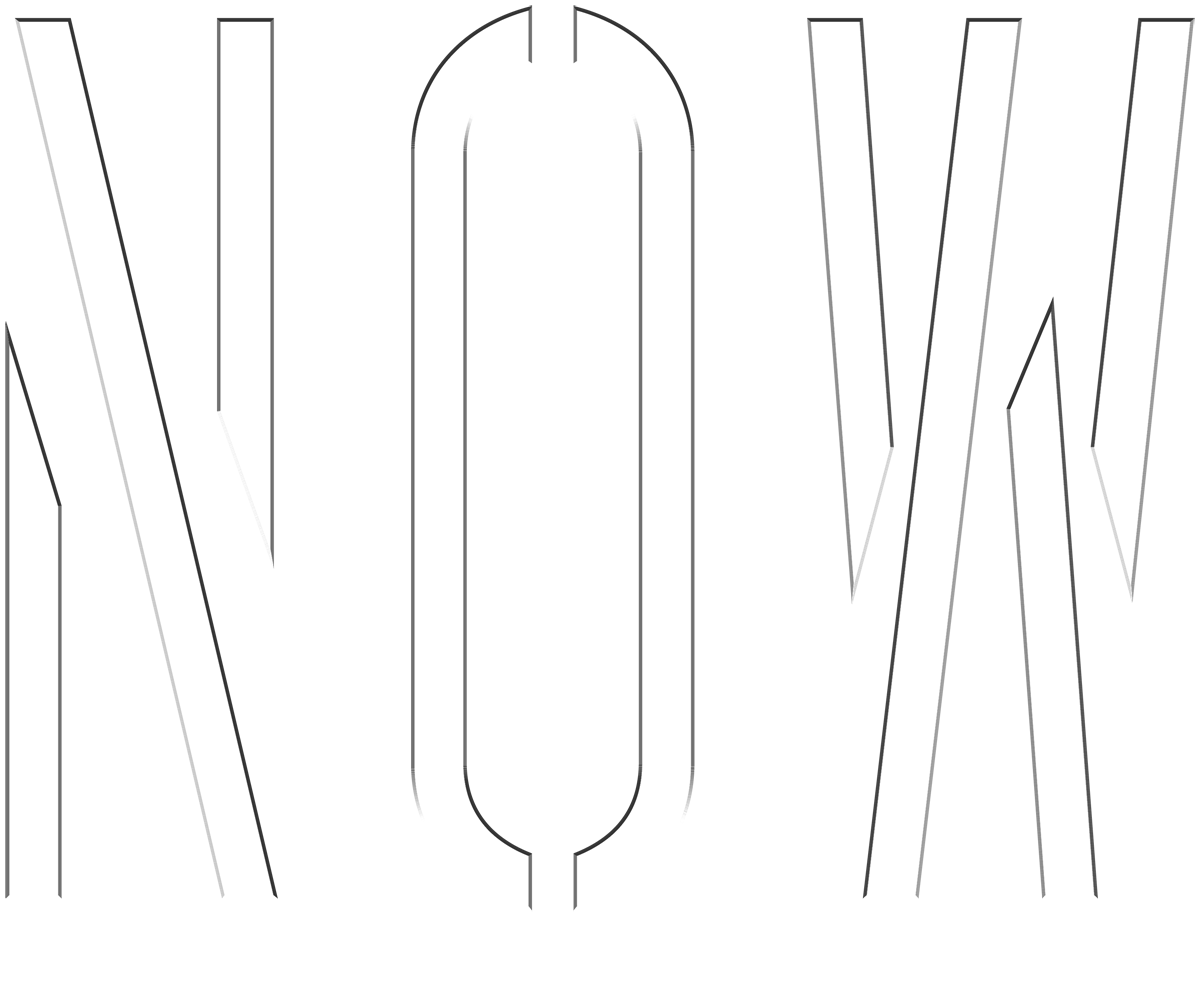“Like a mirror, a place can hold anything, on any scale.” Gary Snyder writes in Practice of the Wild. “I want to talk about place as an experience and propose a model of what it meant to “live in place” for most of human time, presenting it initially in terms of the steps that a child takes growing into a natural community. (We have terms enculturation and acculturation, but nothing to describe the process of becoming placed or re-placed.) In doing so we might get one more angle on what a “civilization of wildness” might require. . . Our place is part of what we are. . .A place is a mosaic within larger mosaics. . . Recollecting that we once lived in places is part of our contemporary self-rediscovery.”
Snyder talks about how we grow up speaking a home language, a local vernacular. In our homes, we hear histories of the people and tales involving rocks, trees, and mountains. We grow bold and explore outward taking small trips on foot. We explore our neighborhoods, playgrounds, and trails. We traverse to larger regions. We venture outward always going wider and farther to unexplored, distant places, but we always return to the hearth, to the campfire to share our stories.
"For most Americans, to reflect on “home place” would be an unfamiliar exercise,” Snyder continues. “Few today can announce themselves as someone from somewhere. Almost nobody spends a lifetime in the same valley, working alongside the people they knew as children.“
Words gathered by Amie Tulius, by Stefanie Dykes + Gary Snyder, as part of NOW-ID's blog series leading up NOWHERE, taking place on July 17 and 18 at Libby Gardner Hall. Photo by Adam Bateman.

